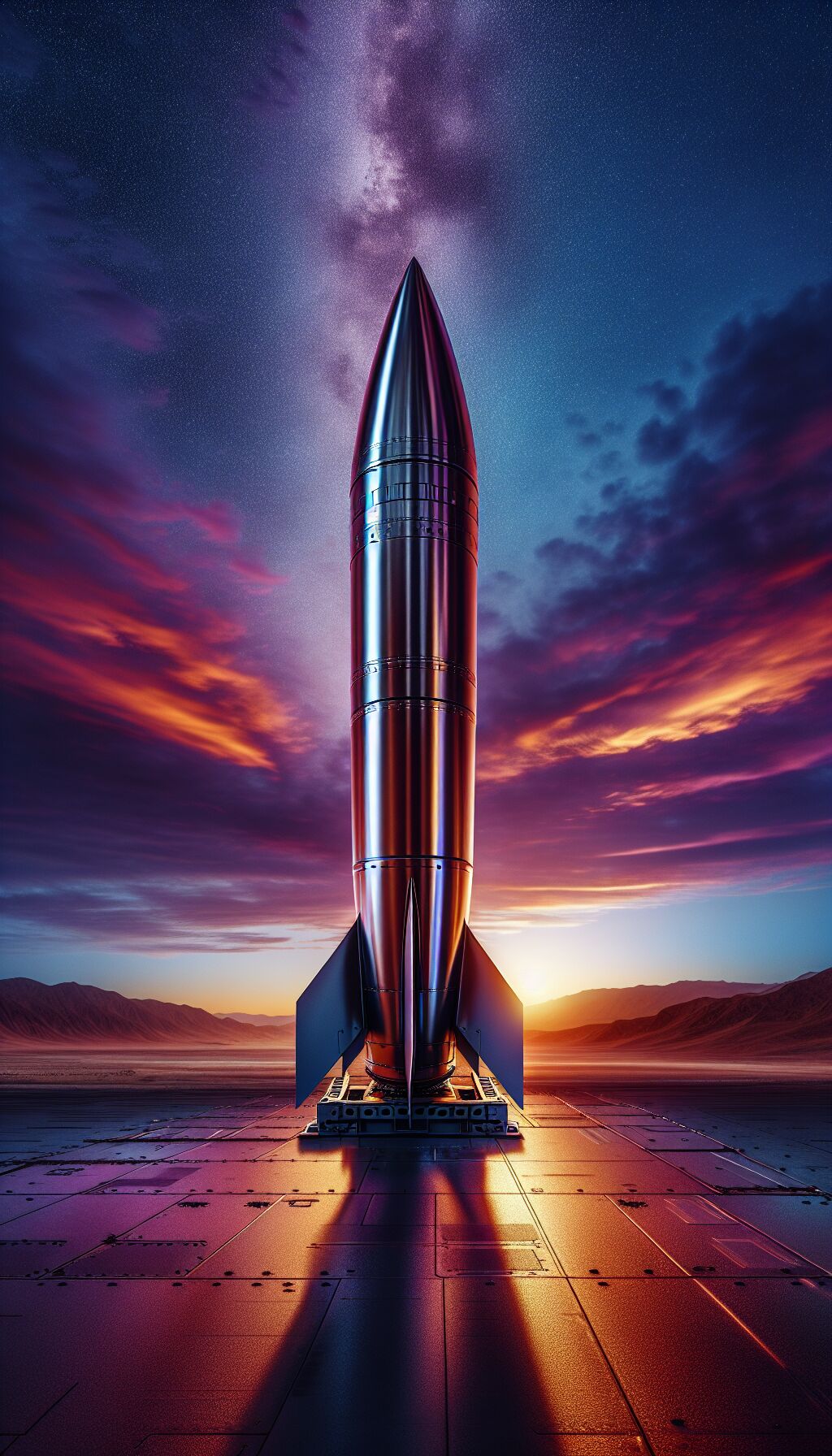Iran’s Missile Capacity Post-Conflict: Implications for the Middle East
Five months after the extensive bombardment of Iran’s military and nuclear facilities by Israel and the United States, Iran asserts that its missile capabilities have surpassed previous levels, raising concerns for both regional and global security.
The Aftermath of the 12-Day War
Iranian Foreign Minister Abbas Araghchi recently declared, “Iran’s missile power today far surpasses that of the 12-Day War,” boasting of the regime’s rapid recovery from the U.S. and Israeli strikes that targeted a multitude of military and nuclear sites this past June. According to Araghchi, the enemies involved in the recent conflict did not achieve their objectives, resulting in their defeat.
This sentiment was echoed by Defense Minister Brig. Gen. Aziz Nasirzadeh, who proclaimed that not only has Iran’s defense industry rebounded, but it has also expanded. He asserted that “Iran’s defense production has improved both in quantity and quality compared to before the 12-day Israeli-imposed war,” emphasizing that new missile production rates have accelerated dramatically.
Lessons from the Conflict
The 12-Day War commenced with Israel launching a concentrated bombing campaign on Iran’s nuclear and missile infrastructure, followed shortly by U.S. precision strikes. Behnam Ben Taleblu, a senior fellow at the Foundation for Defense of Democracies, commented on the implications of Iran’s renewed focus on missile production, noting that the lessons learned during the conflict will significantly influence Iranian military strategy.
Taleblu emphasized that Iran now recognizes that its missile capabilities are crucial for deterring attacks and retaliating against adversaries. “Tehran understands the missiles constitute the long pole in its ability to deter and punish attacks,” he stated. Therefore, one can expect Iran to prioritize enhancing its missile program, which was already the largest in the region prior to the conflict.
The Risk of Escalation
Experts warn that Iran’s intensified missile development could catalyze the next major conflict in the region. “The next likely conflict between Israel and Iran may well be brought about by missile concerns, not nuclear,” Taleblu highlighted, stressing the importance of monitoring “missile math” between Israel’s interception capabilities and Iran’s medium-range ballistic missiles.
Brig. Gen. (res.) Yossi Kuperwasser, who heads the Jerusalem Institute for Strategy and Security, analyzed Iran’s aggressive post-war posture. He suggested that the hard-liners within Iran are strategically utilizing missile rhetoric to fortify their position while simultaneously testing international resolve. After U.S. airstrikes damaged Iran’s nuclear facilities, Tehran walked away from negotiations regarding a renewed nuclear deal, complicating diplomatic relations.
Internal Dynamics and Pressure
Kuperwasser pointed out that Iran’s hardliners are attempting to exert pressure on the international community to alleviate sanctions and mitigate their diplomatic isolation. They are employing threats of escalation to make their demands more credible and have been diligently working to replenish their missile arsenal, which serves as a critical deterrent.
Despite the setbacks inflicted by recent attacks, Iran continues to express its nuclear ambitions. The regime insists on maintaining enrichment for ostensibly civil purposes, creating a complicated backdrop for future negotiations.
Technological Advancements
Meanwhile, Iran has been testing several satellite launch vehicles that leverage the same propulsion and guidance technology necessary for developing intercontinental ballistic missiles. Washington has consistently accused Tehran of using its civilian space endeavors as a façade for advancing nuclear delivery systems.
Israel’s Response and Defense Preparations
In response to the perceived escalation, Israeli defense officials have initiated efforts to enhance their production of interceptors within the nation’s sophisticated multi-layered air-defense network. Systems such as Iron Dome, David’s Sling, and Arrow faced unprecedented stress during the 12-Day War, during which Iran fired hundreds of ballistic and cruise missiles at Israeli targets.
Israel’s strategic response extends beyond merely replenishing its interceptor stockpiles. The country is pioneering one of the world’s first operational high-power laser air-defense systems. The Iron Beam system has successfully completed acceptance testing and is slated for operational deployment within the Israel Air Force. This advanced system aims to intercept various aerial threats, including rockets, mortars, and drones, at significantly lower costs compared to conventional interceptors.
A Warning for Regional Stability
For both Israel and the United States, Iran’s latest claims about its missile capabilities serve as a crucial warning: the outcome of the 12-Day War has not resolved the underlying tensions. Both militaries are now engaged in a race to prepare for what they see as the next significant test of their regional defense capabilities, with the focus on missile ranges and response times.
As tensions continue to mount, the international community watches closely. The implications of Iran’s missile advancements resonate beyond mere regional conflict, posing potential threats to U.S. forces stationed in the vicinity and testing established defense frameworks across the Middle East.












